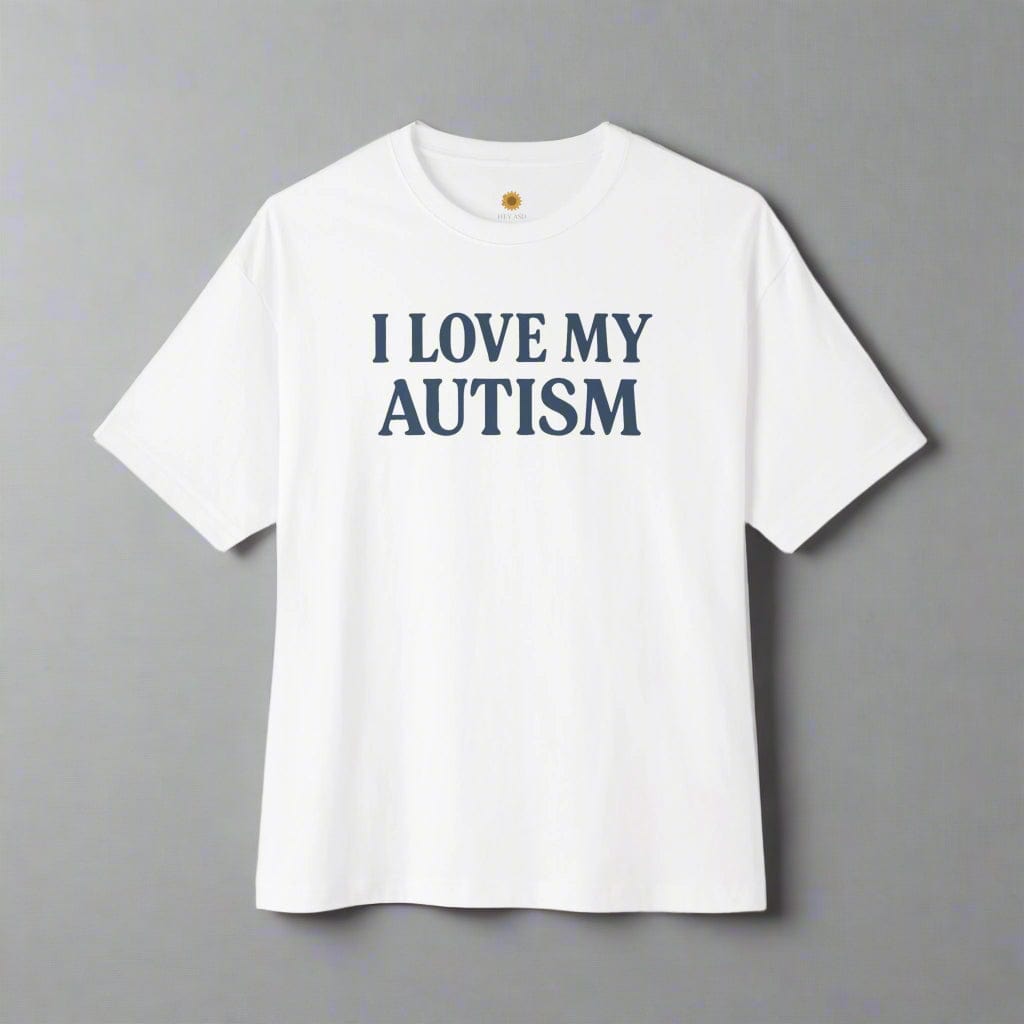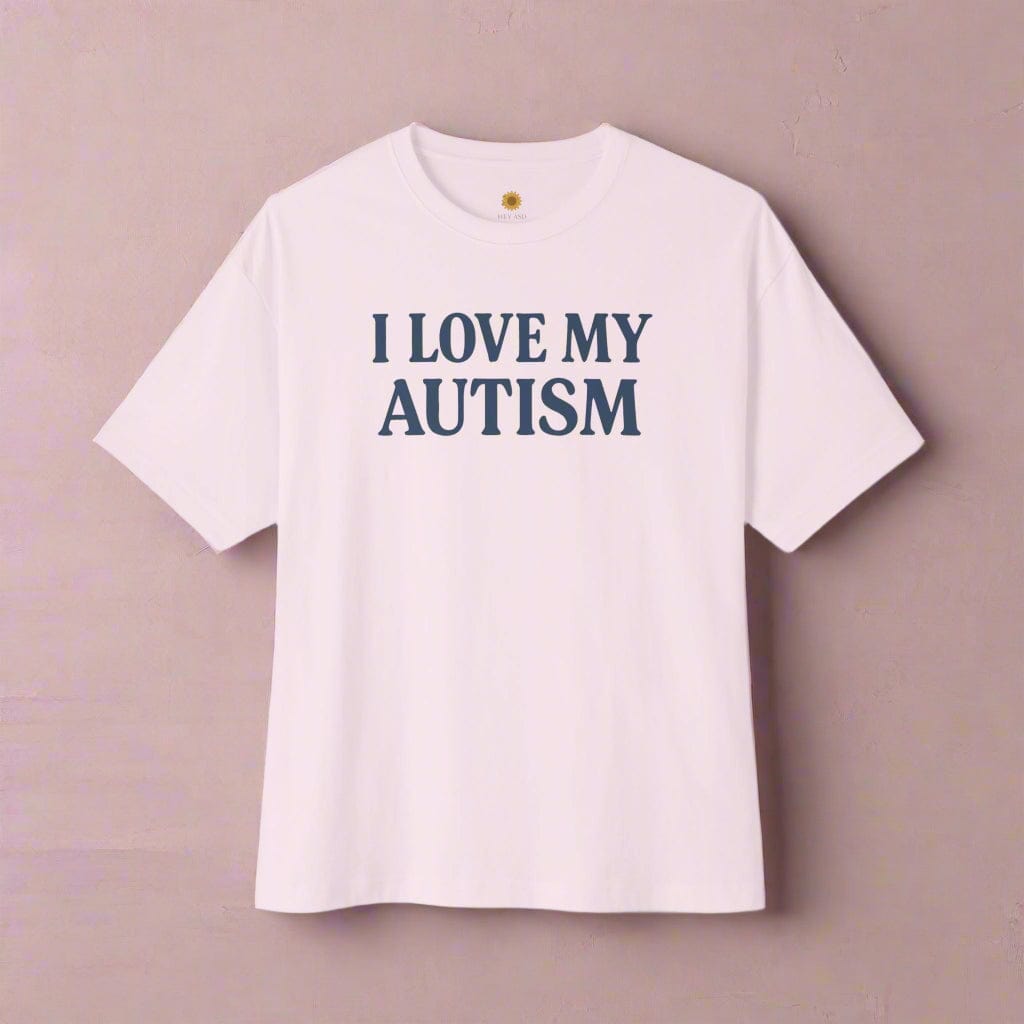The Role of Pediatricians in Autism Diagnosis

Written by HeyASD.com Team
Pediatricians play a crucial role in the early identification and management of Autism Spectrum Disorder (ASD). As frontline observers, they are often the first to recognize signs of autism in children. While pediatricians themselves do not diagnose autism, they are instrumental in screening and referring children to specialists for a definitive diagnosis. This article explores the multifaceted role pediatricians play in the autism diagnosis process, from early identification to ongoing support and collaboration with other healthcare providers.
Key Takeaways
- Pediatricians are often the first to identify early signs of autism in children.
- They use a variety of screening tools, including standardized questionnaires and developmental milestones checklists.
- Pediatricians refer children to specialists for a definitive diagnosis and further evaluation.
- Ongoing monitoring and support from pediatricians are crucial for the child's development post-diagnosis.
- Collaboration with parents, schools, and therapists is essential for a comprehensive care plan.
Early Identification of Autism Signs
Pediatricians play a crucial role in the early identification of autism signs. Early diagnosis can make a huge difference in the lives of children with autism spectrum disorder (ASD) and their families. Regular well-child visits offer an opportunity to screen for signs of these conditions. Consistent monitoring of a child’s development can help identify any deviations from the norm.
Screening Tools Used by Pediatricians
Standardized Questionnaires
Pediatricians often rely on standardized questionnaires to screen for autism. Tools like the Modified Checklist for Autism in Toddlers (M-CHAT) help identify children who may be displaying signs of Autism Spectrum Disorder (ASD). These questionnaires are evidence-based and provide a structured way to assess developmental concerns.
Observation Techniques
Observation techniques are another critical tool in a pediatrician's arsenal. By closely monitoring a child's behavior and interactions during routine visits, pediatricians can spot behavioral red flags that may indicate autism. This hands-on approach complements standardized questionnaires and provides a more comprehensive view of the child's development.
Developmental Milestones Checklists
Developmental milestones checklists are used to track a child's progress in various areas such as speech, motor skills, and social interactions. These checklists help pediatricians identify any delays or deviations from typical development patterns. If concerns arise, pediatricians can make timely referrals to specialists for further evaluation.
Early identification through these screening tools is crucial for timely intervention and better outcomes for children with autism.
Referral Process to Specialists
Pediatricians play a crucial role in identifying when a child needs to be referred to a specialist. Key criteria for referral include significant developmental delays, behavioral concerns, and parental observations that align with autism spectrum disorder (ASD) characteristics. Pediatricians also consider the child's medical, developmental, social, and family history to determine the necessity of a specialist's input.
When referring a child, pediatricians have access to a network of specialized experts. These may include:
- Developmental pediatricians
- Child psychologists
- Speech therapists
- Occupational therapists
- Physical therapists
- Behavioral analysts
This collaborative approach ensures that the child's unique needs are met by the appropriate specialist, maximizing developmental progress.
Effective communication with parents is essential during the referral process. Pediatricians must explain the reasons for the referral, what to expect from specialist assessments, and how these evaluations will benefit the child. Providing clear, empathetic communication helps parents feel supported and informed throughout the process.
Pediatricians should ensure that parents understand the importance of early intervention and the potential benefits of specialized assessments. This can significantly impact the child's developmental trajectory and overall well-being.
Role in Differential Diagnosis
Pediatricians play a crucial role in differentiating autism from other developmental disorders. Accurate diagnosis requires ruling out conditions such as ADHD, sensory processing disorders, and language delays. This process often involves comprehensive evaluations and the use of standardized diagnostic tools.
Effective diagnosis often necessitates collaboration with a multidisciplinary team (MDT) that may include psychologists, speech therapists, and neurologists. Pediatricians coordinate these efforts to ensure a holistic assessment. Communication within the team is key to forming a consensus on the diagnosis.
In some cases, genetic factors may contribute to autism. Pediatricians may refer families to genetic counseling to explore potential hereditary links. This can provide valuable insights and guide future family planning decisions.
Pediatricians are often the first line of defense in identifying early signs of autism and can provide referrals to specialists for further evaluation if necessary.
Ongoing Monitoring and Support
A pediatrician’s role does not end with a diagnosis and an initial treatment plan. These conditions require ongoing management as the child grows and develops. Regular follow-up visits allow the pediatrician to monitor the child’s progress, adjust treatment plans as needed, and address any new concerns that may arise.
They might also connect families with support groups, online resources, and community programs. This support extends to siblings, helping them understand their brother’s or sister’s condition, promoting a supportive family environment.
Guidance and Education for Parents
Providing Resources
Pediatricians offer parents comprehensive guidance on the autism screening process, explanations of screening results, and direction for those who may qualify for an autism diagnosis. This support empowers parents to make informed decisions regarding further evaluation or upcoming interventions. They also provide resources to further educate parents about Autism and ADHD and support them in making informed decisions about their child’s care.
Explaining the Diagnosis
Pediatricians help families understand what the diagnosis means and how it could impact their child’s life. This could involve discussing the child’s strengths and weaknesses, potential developmental milestones, and lifestyle modifications necessary to manage the condition effectively. Empowering parents and families is crucial, as they are the child’s primary caregivers.
Connecting with Support Networks
Pediatricians educate parents about the nature of their child’s disorder, how to manage everyday challenges, and how to facilitate their child’s development. They outline next steps for the child with recommendations for clinical, educational, and community resources. Establishing a follow-up schedule to monitor developmental progress, co-occurring conditions, and child/family well-being is also essential.
Challenges Faced by Pediatricians
Limited Training in Autism
Pediatricians often face the challenge of limited training in autism. While they are well-versed in general child health, the nuances of autism spectrum disorder (ASD) require specialized knowledge. This gap in training can hinder early and accurate diagnosis. Continuous professional development and specialized training programs are essential to bridge this gap.
Time Constraints
The busy schedules of pediatricians can make it difficult to allocate sufficient time for thorough autism assessments. Comprehensive evaluations are time-consuming, and the pressure to see a high volume of patients can lead to rushed or incomplete assessments. Implementing efficient screening tools and streamlined processes can help mitigate this issue.
Navigating Healthcare Systems
Navigating the complexities of healthcare systems is another significant challenge. Pediatricians must coordinate with various specialists, therapists, and support services, which can be cumbersome. Effective communication and collaboration tools are crucial to ensure seamless care coordination. Additionally, understanding insurance policies and coverage options is vital to help families access necessary services.
Collaboration with Schools and Therapists
Sharing Medical Insights
Pediatricians play a crucial role in sharing medical insights with schools and therapists. Effective communication ensures that everyone involved in the child's care is on the same page. This collaboration helps in creating a comprehensive care plan tailored to the child's unique needs.
Coordinating Care Plans
A child with Autism often requires a multi-disciplinary team approach to their care. This team may include psychologists, therapists, special educators, and speech and language professionals, among others. Pediatricians work with these professionals to ensure that a child's unique set of needs aligns with the specialty of the provider they have been referred to. This ensures a well-rounded approach to intervention and maximizes the child's developmental progress.
Monitoring Progress
Regular updates on the child's progress or any new developments are essential. Pediatricians receive these updates and adjust care plans accordingly. By nurturing effective communication and collaboration between parents, pediatricians, and organizations, a supportive network is created that empowers children with autism to thrive.
Use of Technology in Autism Screening
Telehealth Assessments
Telehealth has revolutionized the way pediatricians conduct autism screenings. Telehealth assessments allow for remote evaluations, making it easier for families in rural or underserved areas to access specialized care. This method also enables real-time interaction and observation of the child's behavior in their natural environment, which can be crucial for accurate diagnosis.
Digital Tools and Apps
The advent of digital tools and apps has provided pediatricians with innovative ways to screen for autism. These tools often include interactive questionnaires and visual stimming assessments that can be completed on a smartphone or tablet. They offer a convenient and engaging way for parents to participate in the screening process, ensuring that critical developmental information is captured efficiently.
Data Collection and Analysis
Advanced data collection and analysis techniques are now integral to autism screening. Pediatricians can use software to track developmental milestones and behavioral patterns over time. This data-driven approach allows for a more nuanced understanding of each child's unique needs, facilitating early intervention and personalized care plans.
The integration of technology in autism screening not only enhances the accuracy of diagnoses but also ensures that children receive timely and appropriate interventions.
Ethical Considerations in Autism Diagnosis
Informed Consent
Obtaining informed consent is crucial in the autism diagnosis process. Pediatricians must ensure that parents fully understand the procedures, potential outcomes, and implications of the diagnosis. Clear communication is essential to avoid misunderstandings and ensure that parents are making well-informed decisions.
Confidentiality
Maintaining confidentiality is a fundamental ethical obligation. Pediatricians must safeguard the privacy of the child's medical information, sharing it only with authorized individuals. This helps build trust and ensures that sensitive information is handled with care.
Bias and Fairness
Pediatricians must strive to provide an unbiased and fair diagnosis. This includes being aware of and mitigating any personal biases that could affect the assessment. Equitable access to diagnostic services is also important to ensure that all children, regardless of background, receive appropriate care.
Ethical considerations are not just guidelines but essential practices that ensure the integrity and trustworthiness of the autism diagnosis process.
Impact of Early Diagnosis on Outcomes
Improved Developmental Trajectories
Early diagnosis of autism spectrum disorder (ASD) allows for timely access to supports and interventions, which can significantly enhance a child's developmental trajectory. Early intervention can lead to better communication, social skills, and adaptive behaviors. Pediatricians play a crucial role in identifying these needs early, ensuring that children receive the necessary therapies and support.
Access to Early Interventions
Timely diagnosis opens the door to a range of early interventions that can make a substantial difference in a child's life. These interventions may include speech therapy, occupational therapy, and behavioral therapies. Early access to these services can reduce family distress and improve overall outcomes for the child.
Long-term Benefits
The benefits of early diagnosis extend well into the future. Children who receive early interventions are more likely to achieve better educational outcomes, improved social relationships, and greater independence in adulthood. The long-term impact of early diagnosis underscores the importance of pediatricians in the early identification and management of ASD.
Early diagnosis and intervention are key to unlocking a child's full potential and improving their quality of life.
Conclusion
In conclusion, pediatricians play a crucial role in the early identification and ongoing management of Autism Spectrum Disorder (ASD). As frontline observers, they are often the first to notice developmental concerns and can provide essential referrals for further evaluation. Their involvement does not end with the diagnosis; pediatricians continue to be integral members of the child's support team, offering valuable insights and guidance throughout the child's development. By working closely with specialists and families, pediatricians help ensure that children with ASD receive the comprehensive care and support they need to thrive.
Frequently Asked Questions
What is the role of pediatricians in autism diagnosis?
Pediatricians serve as frontline observers who recognize the earliest signs of autism. They conduct screening assessments, share guidance with parents, and refer children to diagnostic specialists.
Can pediatricians diagnose autism?
Pediatricians cannot make an autism diagnosis themselves but can refer children to specialists who can provide a formal diagnosis after completing an autism screening.
What are some early signs of autism that pediatricians look for?
Early signs include developmental delays, behavioral red flags, and concerns raised by parents. Pediatricians use these indicators to decide if further evaluation is needed.
What screening tools do pediatricians use for autism?
Pediatricians use standardized questionnaires, observation techniques, and developmental milestones checklists to screen for autism.
When should a child be referred to a specialist for autism evaluation?
A child should be referred to a specialist if they show significant developmental delays, behavioral concerns, or if standardized screening tools indicate a high risk of autism.
What types of specialists do pediatricians refer children to for autism diagnosis?
Pediatricians may refer children to developmental-behavioral pediatricians, child psychologists, neurologists, or other specialists who are trained in diagnosing autism.
How do pediatricians support families after an autism diagnosis?
Pediatricians provide ongoing monitoring, adjust care plans as needed, and offer resources and guidance to help families navigate the challenges of autism.
What challenges do pediatricians face in diagnosing autism?
Challenges include limited training in autism, time constraints, and navigating complex healthcare systems to ensure children receive appropriate care.
On This Page
Frequently asked questions
What are some common early signs of autism that pediatricians look for during well-child visits?
How do pediatricians use autism screening tools to help identify children who may need further evaluation?
What should I expect during the pediatric autism referral process after my child shows signs of autism?
How can pediatricians support families after an autism diagnosis is made?
Are there sensory-friendly products, like calming blankets or sensory tools, that pediatricians recommend to help children with autism feel more comfortable?
How do pediatricians work with schools and therapists to create a care plan for a child with autism?
What role does technology play in autism screening and diagnosis by pediatricians?
How can parents best communicate with pediatricians to ensure their child receives the right autism support?
Can Autism-themed decor or comfortable clothing, such as soft t-shirts, help create a supportive environment for children diagnosed through pediatric autism screening?

About the HeyASD.com Team
Autistic‑owned • Values‑led • Sensory‑friendly design
We are autistic creators, writers, and advocates dedicated to producing resources that are practical, sensory-aware, and grounded in lived experience. Our mission is to make information and products that support the autistic community accessible to everyone, without jargon or condescension. Learn more about our team.
This article is written from lived autistic experience and an evidence-aware perspective. It is for general informational purposes only and should not be taken as medical, legal or therapeutic advice.
Always consult a qualified clinician or occupational therapist for individual needs and circumstances.

About Our ASD Blog
HeyASD is more than a store, it’s a calm, supportive space for autistic adults and the people who care about them. Explore identity-affirming stories, sensory regulation tools, and uplifting resources from our community.
Thank you for reading. We hope these resources bring comfort and clarity.









































